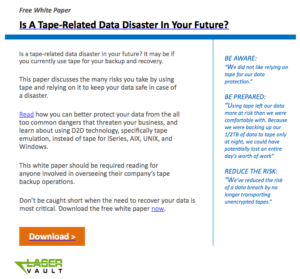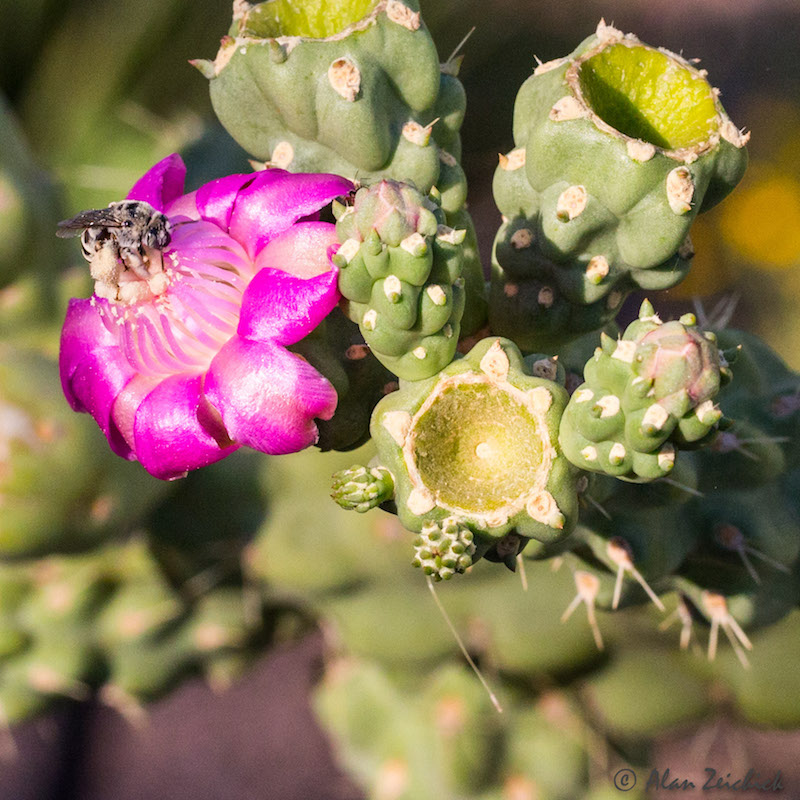 The Federal Bureau of Investigation is warning about potential attacks from a hacking group called Lizard Squad. This information, released today, was labeled “TLP:Green” by the FBI and CERT, which means that it shouldn’t be publicly shared – but I am sharing it because this information was published on a publicly accessible blog run by the New York State Bar Association. I do not know why distribution of this information was restricted.
The Federal Bureau of Investigation is warning about potential attacks from a hacking group called Lizard Squad. This information, released today, was labeled “TLP:Green” by the FBI and CERT, which means that it shouldn’t be publicly shared – but I am sharing it because this information was published on a publicly accessible blog run by the New York State Bar Association. I do not know why distribution of this information was restricted.
The FBI said:
Summary
An individual or group claiming to be “Anonymous” or “Lizard Squad” sent extortion emails to private-sector companies threatening to conduct distributed denial of service (DDoS) attacks on their network unless they received an identified amount of Bitcoin. No victims to date have reported DDoS activity as a penalty for non-payment.
Threat
In April and May 2017, at least six companies received emails claiming to be from “Anonymous” and “Lizard Squad” threatening their companies with DDoS attacks within 24 hours unless the company sent an identified amount of Bitcoin to the email sender. The email stated the demanded amount of Bitcoin would increase each day the amount went unpaid. No victims to date have reported DDoS activity as a penalty for nonpayment.
Reporting on schemes of this nature go back at least three years.
In 2016, a group identifying itself as “Lizard Squad” sent extortion demands to at least twenty businesses in the United Kingdom, threatening DDoS attacks if they were not paid five Bitcoins (as of 14 June, each Bitcoin was valued at 2,698 USD). No victims reported actual DDoS activity as a penalty for non-payment.
Between 2014 and 2015, a cyber extortion group known as “DDoS ‘4’ Bitcoin” (DD4BC) victimized hundreds of individuals and businesses globally. DD4BC would conduct an initial, demonstrative low-level DDoS attack on the victim company, followed by an
email message introducing themselves, demanding a ransom paid in Bitcoins, and threatening a higher level attack if the ransom was not paid within the stated time limit. While no significant disruption or DDoS activity was noted, it is probable companies paid the ransom to avoid the threat of DDoS activity.
Background
Lizard Squad is a hacking group known for their DDoS attacks primarily targeting gaming-related services. On 25 December 2014, Lizard Squad was responsible for taking down the Xbox Live and PlayStation networks. Lizard Squad also successfully conducted DDoS attacks on the UK’s National Crime Agency’s (NCA) website in 2015.
Anonymous is a hacking collective known for several significant DDoS attacks on government, religious, and corporate websites conducted for ideological reasons.
Recommendations
- The FBI suggests precautionary measures to mitigate DDoS threats to include, but not limited to:
- Have a DDoS mitigation strategy ready ahead of time.
- Implement an incident response plan that includes DDoS mitigation and practice this plan before an actual incident occurs. This plan may involve external organizations such as your Internet Service Provider, technology companies that offer DDoS mitigation services, and law enforcement.
- Ensure your plan includes the appropriate contacts within these external organizations. Test activating your incident response team and third party contacts.
- Implement a data back-up and recovery plan to maintain copies of sensitive or proprietary data in a separate and secure location. Backup copies of sensitive data should not be readily accessible from local networks.
- Ensure upstream firewalls are in place to block incoming User Data Protocol (UDP) packets.
- Ensure software or firmware updates are applied as soon as the device manufacturer releases them.
If you have received one of these demands:
- Do not make the demand payment.
- Retain the original emails with headers.
- If applicable, maintain a timeline of the attack, recording all times and content of the attack.
The FBI encourages recipients of this document to report information concerning suspicious or criminal activity to their local FBI field office or the FBI’s 24/7 Cyber Watch (CyWatch). Field office contacts can be identified at www.fbi.gov/contact-us/field. CyWatch can be contacted by phone at (855) 292-3937 or by e-mail at email hidden; JavaScript is required. When available, each report submitted should include the date, time, location, type of activity, number of people, and type of equipment used for the activity, the name of the submitting company or organization, and a designated point of contact. Press inquiries should be directed to the FBI’s national Press Office at email hidden; JavaScript is required or (202) 324-3691.


 I am unapologetically mocking this company’s name.
I am unapologetically mocking this company’s name.  This is a generally unremarkable spam message except for the obvious. James Comey was fired as the Director of the FBI on May 9. That makes it unlikely that Mr. Comey can deliver the promised $1.2 million. Bummer.
This is a generally unremarkable spam message except for the obvious. James Comey was fired as the Director of the FBI on May 9. That makes it unlikely that Mr. Comey can deliver the promised $1.2 million. Bummer.

 Virtual reality and augmented reality are the darlings of the tech industry. Seemingly every company is interested, even though one of the most interested AR products,
Virtual reality and augmented reality are the darlings of the tech industry. Seemingly every company is interested, even though one of the most interested AR products, 

 The folks at
The folks at 

 What do PR people do right? What do they do wrong? Khali Henderson, a senior partner in BuzzTheory Strategies, recently interviewed me (and a few other technology editors) about “
What do PR people do right? What do they do wrong? Khali Henderson, a senior partner in BuzzTheory Strategies, recently interviewed me (and a few other technology editors) about “ I received this awesome tech spam message today from
I received this awesome tech spam message today from  The
The  An organization’s Chief Information Security Officer’s job isn’t ones and zeros. It’s not about unmasking cybercriminals. It’s about reducing risk for the organization, for enabling executives and line-of-business managers to innovate and compete safely and securely. While the CISO is often seen as the person who loves to say “No,” in reality, the CISO wants to say “Yes” — the job, after all, is to make the company thrive.
An organization’s Chief Information Security Officer’s job isn’t ones and zeros. It’s not about unmasking cybercriminals. It’s about reducing risk for the organization, for enabling executives and line-of-business managers to innovate and compete safely and securely. While the CISO is often seen as the person who loves to say “No,” in reality, the CISO wants to say “Yes” — the job, after all, is to make the company thrive. Have you ever suffered through the application process for cybersecurity insurance? You know that “suffered” is the right word because of a triple whammy.
Have you ever suffered through the application process for cybersecurity insurance? You know that “suffered” is the right word because of a triple whammy.


 Twenty years ago, my friend Philippe Kahn introduced the first camera-phone. You may know Philippe as the founder of Borland, and as an entrepreneur who has started many companies, and who has accomplished many things. He’s also a sailor, jazz musician, and, well, a fun guy to hang out with.
Twenty years ago, my friend Philippe Kahn introduced the first camera-phone. You may know Philippe as the founder of Borland, and as an entrepreneur who has started many companies, and who has accomplished many things. He’s also a sailor, jazz musician, and, well, a fun guy to hang out with. Hacking can kill. To take the most obvious example, take ransomware. One might argue that
Hacking can kill. To take the most obvious example, take ransomware. One might argue that  Doing business in China has always been a rollercoaster. For Internet businesses, the ride just became more scary.
Doing business in China has always been a rollercoaster. For Internet businesses, the ride just became more scary.